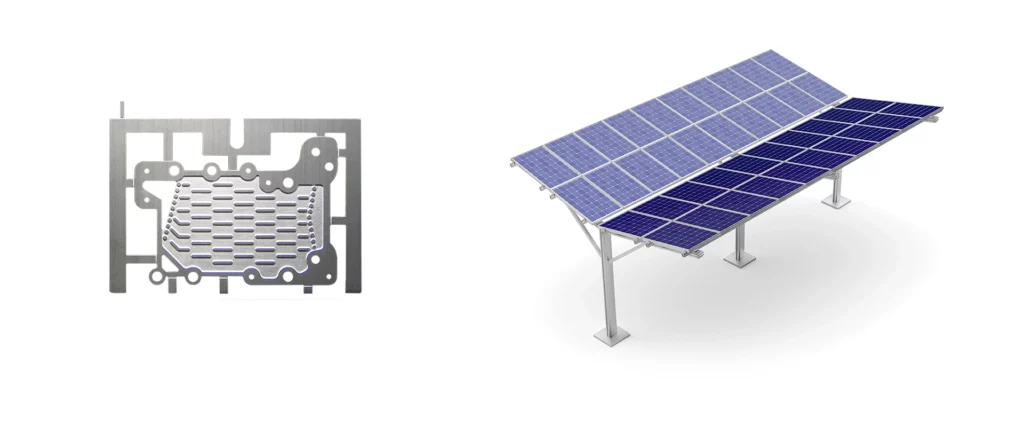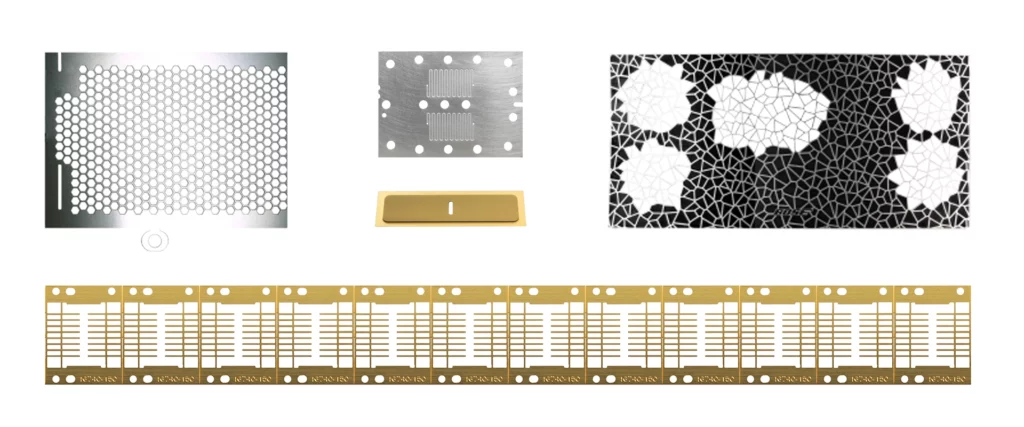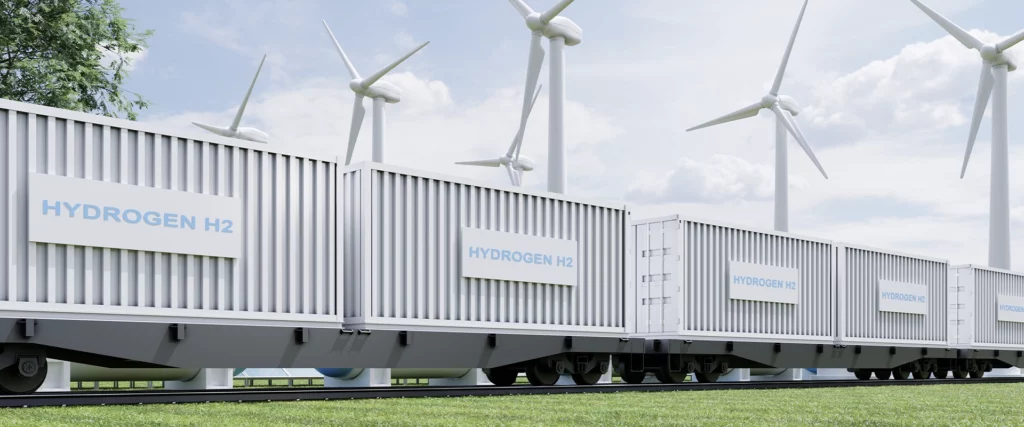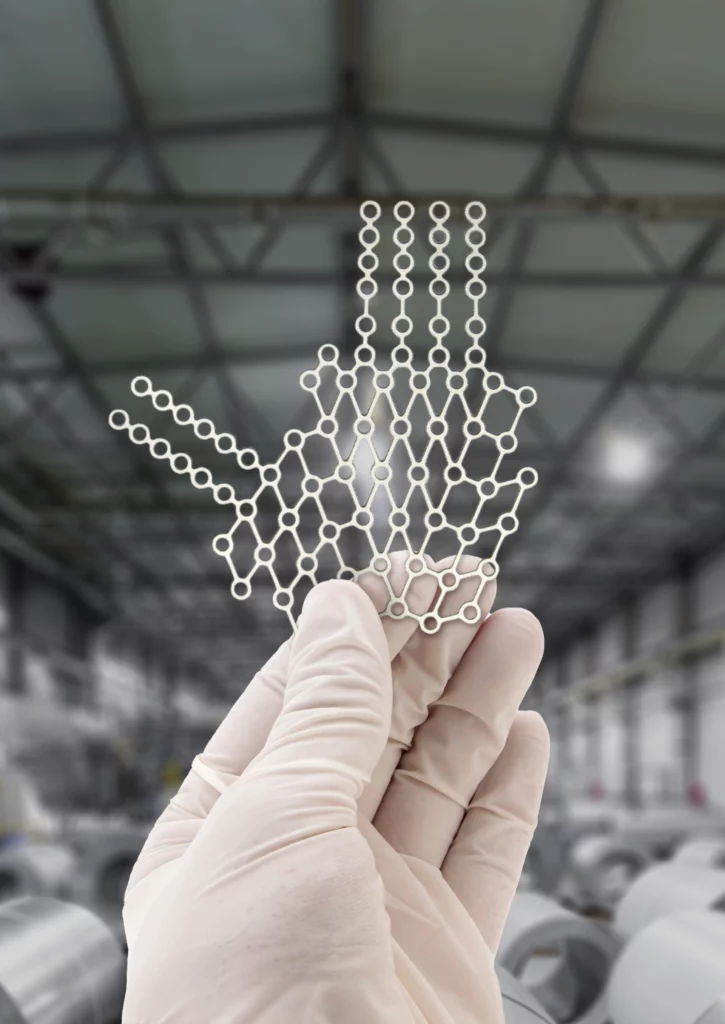Becoming the global leader in the photochemical etching of titanium takes equal parts engineering expertise, precision manufacturing, and dedication to quality. The Photofabrication Engineering, Inc. (PEI) team knows precisely what it takes because today, PEI is where the leaders in renewable energy, medical, military, aerospace, automotive and microelectronics come for manufacturing solutions.
Building that reputation started in 1968 when PEI opened its doors in Holliston, MA, in a small 4,000-square-foot building. The original team created high-precision thin metal parts via what was then a new process called photochemical etching.
Today PEI produces essential parts and components at a 40,000-square-foot facility in Milford, MA., for a diverse range of customers.
A History of Tradition and Progress
PEI established itself 55 years ago as a leader in photochemical etching and the fabrication of thin metal parts used for the fast-growing sector of semiconductor and computer peripheral manufacturers.
Several new sectors have emerged, including automotive, medical, military, and aerospace. Each customer has come to rely on PEI’s expertise, precision, and reliability.
PEI is now supplying an important and exciting market: renewable energy. The company that uses chemistry for the photochemical etching process has expanded into a field where chemistry will help solve some of the world’s pressing energy needs.

A Renewable Frontier
The engineers and manufacturing experts at PEI established relationships with a leading renewable energy company, offering guidance while prototyping parts for feasibility testing.
Upon delivery of the final design and technical specifications, PEI began manufacturing parts for use in electrolyzer technology that is helping to reduce carbon emissions and create greener alternatives for industries like transportation, manufacturing, and agriculture.
Today, PEI is a trusted supplier of bipolar electrolyzer plates, a critical component that facilities the separation of hydrogen from water. The resultant hydrogen generated from this procedure can be directly injected into gas grids, used in fuel and green chemicals production, and used in hydrogen fuel cell applications for trains, buses, and trucks.
Hydrogen is easy to store, kept long-term, offers reliable mobility, and is a great way to transport power, especially to areas with limited or no access to renewable energy sources.
The renewable energy future is bright, and PEI is well-positioned to continue serving this vital market.

PEI’s Suite of Capabilities
Beyond its expertise in photochemical machining, PEI is known for its proficiency in forming, plating, finishing, and value-added assembly services.
The company produces precision metal components for EMI/RF shields, microchannel plates, lead frames, encoder discs, screens, step & flat lids and more. PEI’s experts support customers’ development processes from prototyping through full production.
PEI teams have also greatly expanded the list of metals they support and possess expertise working with, including: titanium, Kovar, molybdenum, nickel, nickel silver, stainless steel, copper, brass, and tin.
PEI has built a loyal client base spanning aerospace and defense, medical, automotive and microelectronics industries. Its titanium parts have been used in automobiles, medical parts, and fuel cells. Its microelectronic parts and EMI/RF shielding have expanded its reach into the electronics market.
Joining TPC
The Partner Companies acquired PEI in April of 2021.
“PEI is a gem we’ve been pursuing for many years,” says Dan Brumlik, Co-Chairman of The Partner Companies. “They’re a standard bearer in capability and customer service. PEI’s expertise is a strong complement to TPC’s menu of capabilities, and their leadership team brings a robust knowledge of the manufacturing process.”

A Renewable Future
In collaboration with other TPC companies, PEI is excited to further the world of renewable energy. Together, we look forward to developing and delivering parts, components, and assemblies to support hydrogen, wind, solar, and the next generation of green energy.

